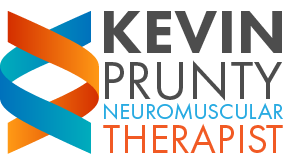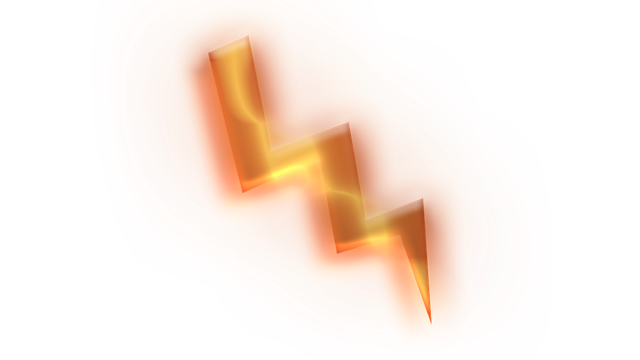Sciatica or sciatic nerve pain has a few causes and imitators and relief can often be found with a neuromuscular therapist. The fear with sciatica is that a structure is compressing the nerve so relentlessly that permanent damage is feared and so surgery can be indicated by an orthopedic surgeon to prevent further disability. There are no generalisations that can reassure a person suffering pain or disability as it is a individual phenomenon. Often times, if safe to do so, surgery is delayed to give manual and movement therapies a chance to relief the symptoms of the sciatic type pain. This is a decision that should always be taken when fully informed by a medical doctor.
As soon as is indicated by the medical team an assessment can be conducted of movement related to the sciatic nerve. The sciatic nerve can be entrapped by muscles and fascia as well as disk or bone and even when there is some disk compression other sources of entrapment can irritate the nerve and cause symptoms to appear. This is often called double or triple crush. The good news is that in many cases the muscular component can be relieved relatively quickly reducing symptoms but allowing time for the disk to heal if this is part of the issue at all.
Sensitised muscle can also commonly be a source of sciatic type pain patterns that are felt in the back of the hip and down the back or side of the leg. These are usually nothing to do with the nerve but can be present in parallel and be responsible for all of the symptoms or some of them. If they are producing symptoms they are usually called active myofascial trigger points. Neuromuscular therapist are specialists in the comprehensive treatment of these structures. They can be the result of injury but often times they are function entities that have sensitised the nervous system. Because they are functional, they form for a reason so treatment is never just about reducing trigger point activity but trying to figure out why they form there and is there a better adaptation strategy that can be learned so as not to be relying on the development of these contractures which in the case of sciatic type pain are causing symptoms.
Relief can be found by compressing, lengthening, contracting, twisting and shortening the triggerpoint and it’s immediate environment or by reducing overuse, enhancing lymphatic drainage, electrotherapy, hydrotherapy, exercise, breathing retraining, nutritional counselling, reducing anxiety and other psychological stressors. Sciatic type pain and disability can be very severe regardless of the cause or causes and deserve as thorough and as complex a treatment as is needed which may involve all of these approaches.
Image by Michel Müller from Pixabay


Recent Comments